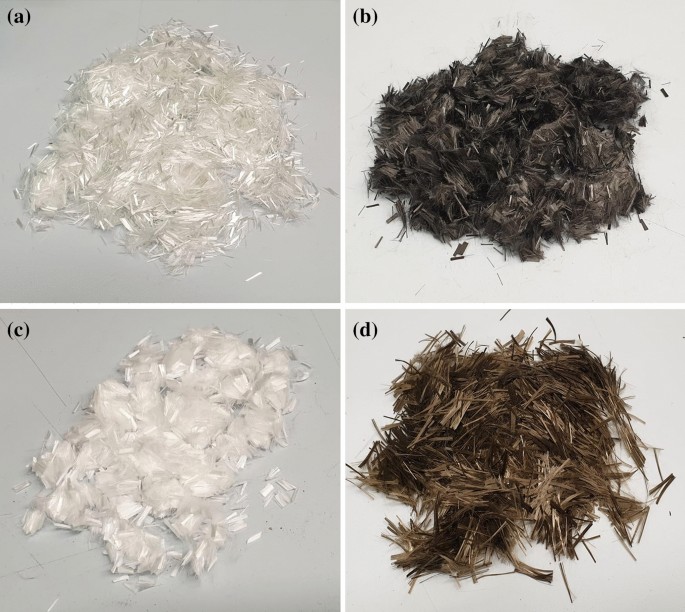Latest Article – Parameters Controlling Strength, Stiffness and Durability of a Fibre-Reinforced Clay
This study aims to highlight the effect of fibre–clay contact area in a fibre-reinforced clay matrix with different fibre contents and types. Fibre-reinforced samples were prepared at two compaction densities (1600 and 1800 kg/m3) using four fibre types (i.e. basalt, carbon, polypropylene and glass) with five fibre contents of 0.1–0.5%. A series of unconfined compressive strength (UCS), shear wave velocity and soaking tests were carried out to determine the strength, stiffness, peak strain energy and durability of the compacted samples. A statistical approach (ANOVA) was utilized to determine significant differences between variables affecting the parameters of the fibre-reinforced clay. Results indicated that carbon fibre reinforcement achieved the highest UCS value (684 kPa) and initial shear modulus (568 MPa), and polypropylene fibre reinforcement proposed the highest strain energy at peak (25 kJ/m3) due to its high strain at failure. The optimum fibre content concerning the peak strain energy of high-density samples was found to be 0.3% fibre. Carbon and polypropylene fibre-reinforced samples lasted the longest (5 days) in soaking conditions. It is recommended to reinforce the soil with 0.3% of carbon fibre compacted at the maximum dry density for field applications that require high strength and durability performance. In this study, a novel regression model has been developed to correlate the UCS and shear modulus (G0) of the fibre-reinforced clay. The proposed correlations successfully predict the UCS of fibre-reinforced soils with different soil types, fibre contents and densities. The results revealed that the sample density and fibre–clay contact area is dominant to determine the strength, stiffness and durability characteristics of the fibre-reinforced clay.

You can request the full article on – Researchgate

